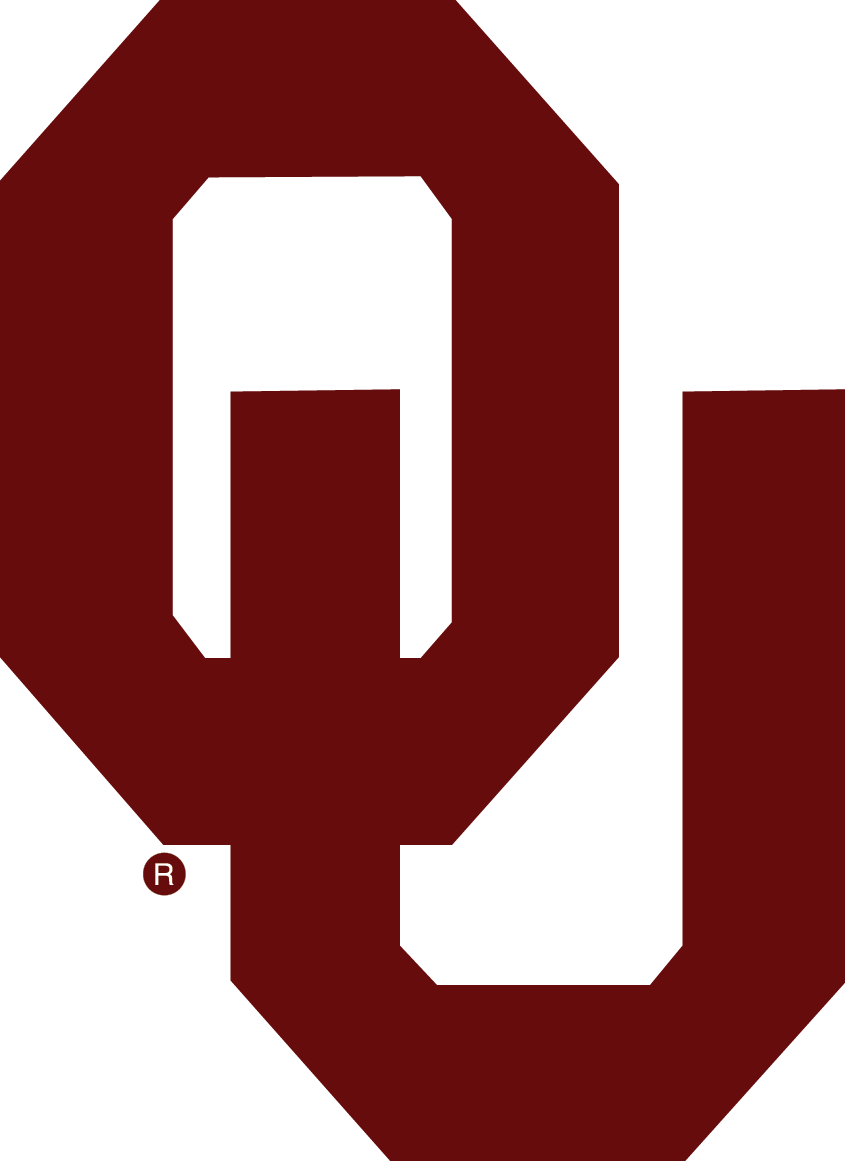All WM will be instructed on and must follow standard precautions to control infectious diseases when in direct contact with body fluids. WM must treat body fluids as if they are known to be infectious.
Body fluids are identified as blood, semen, vaginal secretions, cerebrospinal fluid, synovial fluid, pleural fluid, peritoneal fluid, amniotic fluid, saliva, urine, feces, nasal secretions, sputum, vomit, breast milk, any body fluid that is visibly contaminated with blood, and all body fluids in situations where it is difficult to or impossible to differentiate between body fluids.
Standard precautions include:
-
WM must wash hands for 40 – 60 seconds between contact with each patient, even if gloves have been used, and after removing gloves.
-
WM must wear gloves during any patient contact when contact with body fluids is likely to occur.
-
WM are required to obtain and use the appropriate PPE based on anticipated exposure and appropriate for the procedure being performed.
-
At a minimum the correct PPE should include:
-
Gloves
-
Eye Protection
-
Mask
-
Gown (optional)
-
WM are required to clean up blood and body fluids promptly with an EPA-approved disinfectant.

